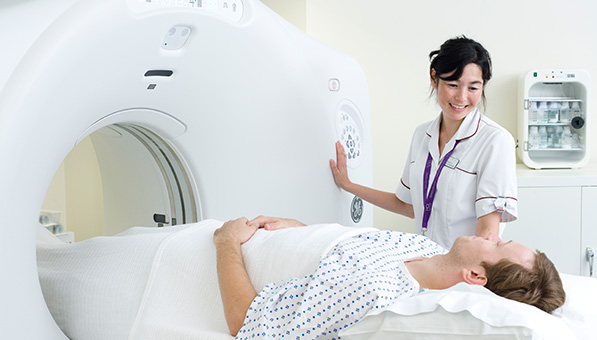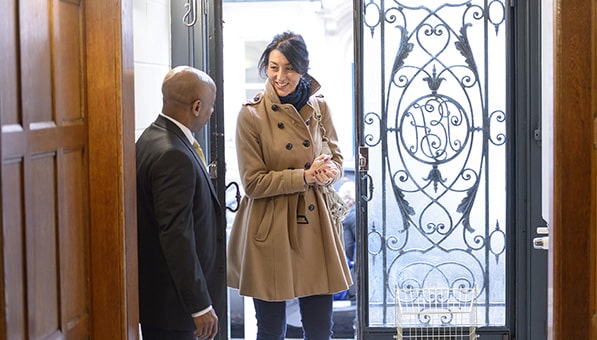Skin Lump Removal London
Throughout our life, a number of lumps and bumps can appear on our skin. Thankfully, the vast majority of these are not serious. Examples of harmless skin growths include skin tags, lipomas, cysts and benign moles. Sometimes, these may catch on clothing, itch, feel uncomfortable or just look unsightly. If this happens, it is possible to have these growths removed by a simple procedure usually performed under local anaesthetic.
Whether cosmetic or medical, we can provide the removal of skin lumps and lesions at our clinic in London.
Skin Surgery Techniques
A number of techniques can be used to remove a skin lump or lesion.
- Shave excision. Also known as tangential excision. Lesions that sit above the skin are shaved level with the skin surface
- Punch excision. A circular blade is used to remove a cylinder-shaped section of the skin. This can be used to remove all of the problem area or to take a sample for analysis
- Curettage. A curved blade is used to scoop out lesions which penetrate the skin
- Elliptical excision. An elliptical section of skin around the lesion is cut out using a scalpel. This technique helps the skin to heal more easily
Is Skin Lump Removal Painful?
Whatever method is used, you will be given a local anesthetic before the surgery to numb the area completely. Over-the-counter painkillers are usually all that you need to cope with any soreness of the next few days.
As with all forms of minor surgery, there is a small risk of infection. If the area around where the lesion has been removed starts to feel sore and swollen, make an urgent appointment with your Dermatologist to have it checked as soon as possible.
Skin Lump Removal at The Devonshire Clinic
Our Consultant Dermatologists, Dermatological Surgeons and Plastic Surgeons can remove skin lumps for medical or cosmetic reasons, and we have access to histology facilities to check for the presence of cancer in any tissue that has been removed.
Enquire about
Skin Lump Removal London
Frequently Asked Questions Skin Lumps
You should see a dermatologist if the lump:
- Grows rapidly or changes in size, shape, or colour
- Is painful, red, or inflamed
- Feels hard or immovable
- Bleeds, oozes, or develops an ulcer
- Persists for more than a few weeks
Treatment depends on the type and cause of the lump and may include:
- Surgical removal (for cysts, lipomas, or suspicious growths)
- Drainage (for abscesses or fluid-filled lumps)
- Medications (antibiotics for infections or topical treatments for warts)
- Observation (for benign lumps that don’t require immediate action)
Common causes include:
- Cysts (e.g., sebaceous or epidermoid cysts)
- Lipomas (benign fatty growths)
- Infections or abscesses
- Warts or skin tags
- Tumours (benign or malignant)
Warning signs include:
- Rapid growth or size increase
- Irregular shape or uneven borders
- Multiple lumps appearing suddenly
- Accompanying systemic symptoms like fever, weight loss, or fatigue
The vast majority of skin lumps are abnormal bumps or growths that appear on or under the skin. They can vary in size, texture, and colour and may be caused by various conditions, ranging from benign cysts to more serious issues like tumours.
While not all lumps are preventable, you can reduce your risk by:
- Practicing good skincare and hygiene
- Avoiding trauma to the skin
- Monitoring changes in your skin regularly
- Seeking early treatment for infections or skin conditions
A dermatologist may perform a physical examination and ask about your medical history. In some cases, additional tests like a biopsy, ultrasound, or imaging studies may be needed to determine the nature of the lump.
Sometimes, skin lumps can be associated with underlying conditions, such as infections, autoimmune disorders, or, in rare cases, cancer. A thorough evaluation is necessary to determine the cause.
Some lumps, such as small cysts or swollen lymph nodes due to minor infections, may resolve on their own. Others, like lipomas or warts, typically require medical intervention.
No, attempting to remove a lump at home is not recommended. It can lead to infection, scarring, or incomplete removal. Always consult a dermatologist for proper evaluation and treatment.
Pain depends on the type of lump. Some, like abscesses or inflamed cysts, can be painful, while others, like lipomas or warts, are typically painless unless irritated.
No, most skin lumps are benign (non-cancerous) and harmless. However, it’s essential to have any new or unusual lumps evaluated by a dermatologist to rule out serious conditions, including skin cancer.
Read our
Patient Stories
I can’t recommend this clinic highly enough. The treatment I received for my skin cancer was first class
AL, LondonThe team at the Devonshire Clinic were excellent. From booking my appointments to every part of my treatment, I felt that I was in the very best hands.
CH, LondonBefore visiting the clinic I had quite high expectations, but I was blown away by just how brilliant the experience was. I felt like I was the only patient in the clinic. Simply the best medical treatment.
SF, London

